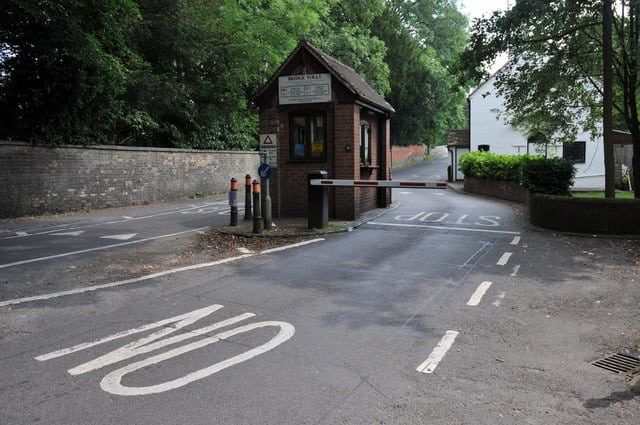Last year was a great year for investors of Brookfield Infrastructure Partners L.P. (TSX:BIP.UN)(NYSE:BIP). The stock appreciated by over 26%, while also paying out US$1.74 in dividends throughout the year. But since entering 2018, the company is down 5%, clawing back some of those great 2017 gains.
Naturally, investors are wondering where this company is headed and if further pullbacks are coming. Personally, I have no real worries. I believe this is just a temporary slump. The reality is, the management team at Brookfield is comprised of exceptional investors, so strong returns are to be expected.
Consider this: since inception, Brookfield has returned 27% in total annualized returns. There are few companies that can consistently deliver those types of results. And it’s all because of the type of assets that Brookfield invests in.
The company is comprised of value investors. They seek out distressed infrastructure assets — pipelines, natural gas storage, electrical transmissions lines, railroads, ports, telecom towers, fibre optics lines, toll roads, etc. — and then buys them, using a network of institutional investors to fund the major acquisitions. It reinvests in those assets, gets them generating strong cash flow, and then ultimately sells them.
The company calls this its capital-recycling program. In a presentation to investors in November, it expressed a desire to raise US$1.5-2 billion over the next few years. It’s nearly there already.
In December, Brookfield announced the sale of its 27.8% holding in ETC Transmission Holdings, S.L., Brookfield’s Chilean regulated transmission business. The selling price was US$1.3 billion. Back in 2006, Brookfield purchased ETC with its consortium of investors for US$1.7 billion. Essentially, Brookfield paid about US$500 million for its holdings and then sold them a decade later for US$1.3 billion. And along the way, it generated cash flow for Brookfield. That’s not a bad ROI.
The sale is smart because there are a lot of incredible investment opportunities coming up for the company simply because there are serious funding gaps for infrastructure across the world. For example, there is a US$3.6 trillion gap in the United States, a $200 billion gap in Canada, a €1 trillion gap in Europe, and a AUD$700 billion gap in Australia. You can bet Brookfield has its eye on all parts of the world and is just waiting for a chance to pounce.
By purchasing major infrastructure assets, it’s able to produce strong cash flow that it can then pay out in lucrative dividends. I’ve argued for some time that Brookfield is a great income play, and I still believe that.
In 2009, Brookfield paid out US$0.71 in dividends. As already disclosed, it paid US$1.74 in 2017. That’s a CAGR of 12%. Going forward, management wants to see the dividend increase by anywhere from 5% to 9%. I see little reason why it won’t be able to achieve this so long as it can take its recycled funds and put them back into assets that generate strong funds from operations.
The reality is simple: infrastructure is in sore need of investment, and governments aren’t pulling their weight. Brookfield Infrastructure, with its billions in capital, can deploy it in the right assets and keep paying its dividend. With the recent pullback, investors should pick up shares.








